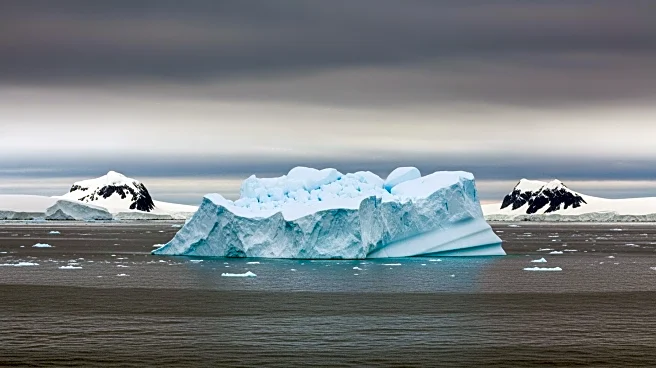What's Happening?
Scientists have discovered a 6 million-year-old ice core in Antarctica, the oldest directly dated ice ever found. The ice, containing ancient air bubbles, provides a window into Earth's climate during the Miocene age. Researchers from Princeton University
and the Woods Hole Oceanographic Institution led the study, which involved drilling deep into the ice sheet in the Allan Hills region. The findings offer insights into past greenhouse gas levels and ocean temperatures.
Why It's Important?
This discovery is crucial for understanding Earth's climate history and the natural drivers of climate change. The ice core provides data on ancient greenhouse gas levels, which can help scientists predict future climate scenarios. As global temperatures rise due to human activity, understanding past climate conditions becomes increasingly important for developing effective climate policies and strategies.
Beyond the Headlines
The preservation of such ancient ice is attributed to unique conditions in the Allan Hills region, including static ice movement and rugged topography. This discovery underscores the importance of protecting polar regions, which hold valuable climate records. The research also highlights the challenges of conducting fieldwork in extreme environments, emphasizing the need for continued support for polar research initiatives.














